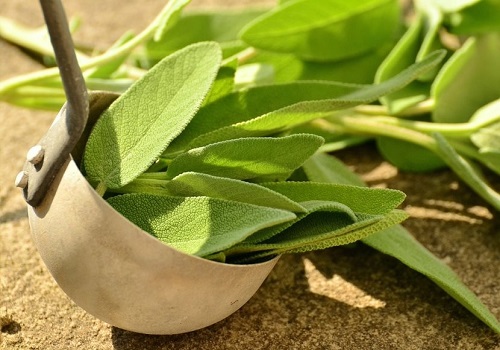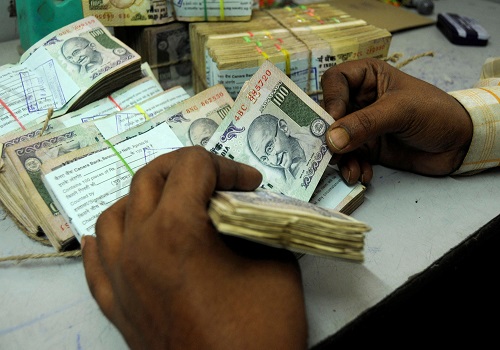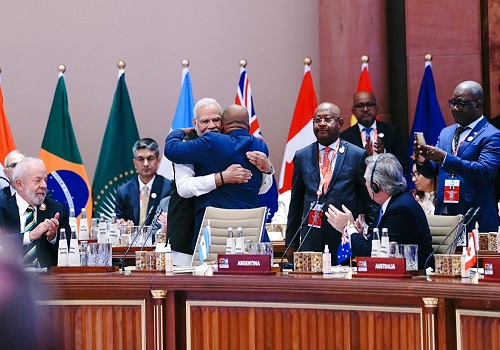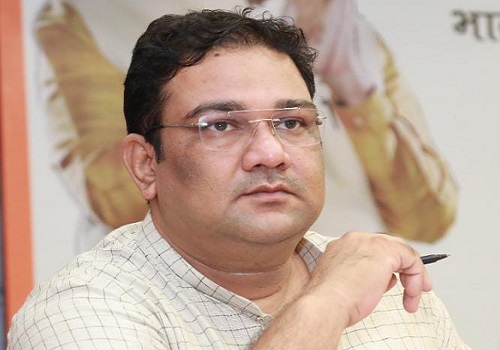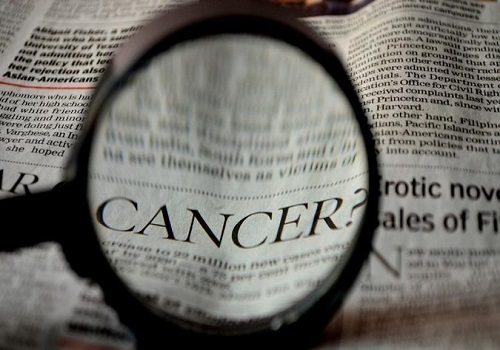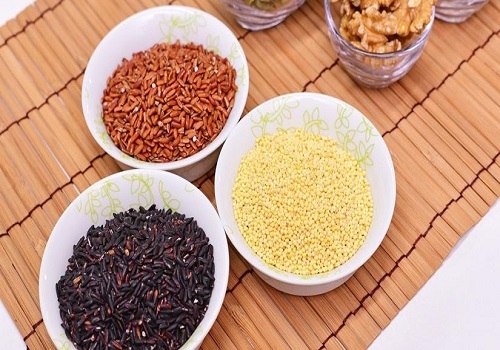Stress and Ayurveda

Follow us Now on Telegram ! Get daily 10 - 12 important updates on Business, Finance and Investment. Join our Telegram Channel
Stress is the body and mind's physical reaction to an event that is happening in our lives. Stress is referred to in Ayurveda as SAHASA, and it lowers immunity and makes the body more susceptible to disease. Stress can be caused by eating unhealthy foods, following an irregular or incorrect routine, and having uncontrolled mental emotions like fear, rage, or grief.
Emotions and body organs are said to be intimately related in Ayurveda. When we repress negative emotions, they are not processed and cannot be released, which puts stress on the organs and causes diseases. According to Ayurveda, stress is a nerve system disturbance that is governed by the Vatadosha. Ayurvedic techniques of managing stress not only keep the body and mind in harmony, but also gradually increase the level of inner fulfilment.
Ayurvedic treatments have basically two aims:
Maintain the health of a healthy person and
Cure the disease of an ill person
Ayurvedic lifestyle recommendations for stress management achieve both of the aforementioned objectives. Life, in accordance with Ayurveda, is a harmonious union of the body, mind, and soul. Ayurveda advises making lifestyle changes to reach a balanced condition, such as scheduling activities like sleeping and waking up, following a balanced meal plan, engaging in appropriate exercise, and getting enough rest.
Literally meaning mental peace, treatments for stress management work to relieve the ill-effects that come from the burden of mental strain-stress, insomnia, lack of concentration, fatigue and headaches, and help in improving your mental health. The treatment course for Manashantichikitsa/treatment follows the 3 stages, Poorvakarma - preparatory phase, Shodana - cleansing or eliminating phase and finally Samana which is the corrective and rejuvenation phase.
In the first step, internal and external oleation (Snehanam) and therapeutic sweating (Swedanam) prepare the body for the removal of toxins. After the body has been prepped, the doctor will choose the cleansing procedure or panchakarma treatment based on the body type and overall health of each patient. The doshas (body constitution) imbalances will be stabilised during these two stages of treatment. The body is gradually pulled out of the extreme cleansing and elimination stage during the third and final stage of treatment, Samana or Paschatkarma, by correcting medications, moderate therapeutic treatments, a healthy diet, and yoga asanas to revitalise the body.












 320-x-100_uti_gold.jpg" alt="Advertisement">
320-x-100_uti_gold.jpg" alt="Advertisement">


